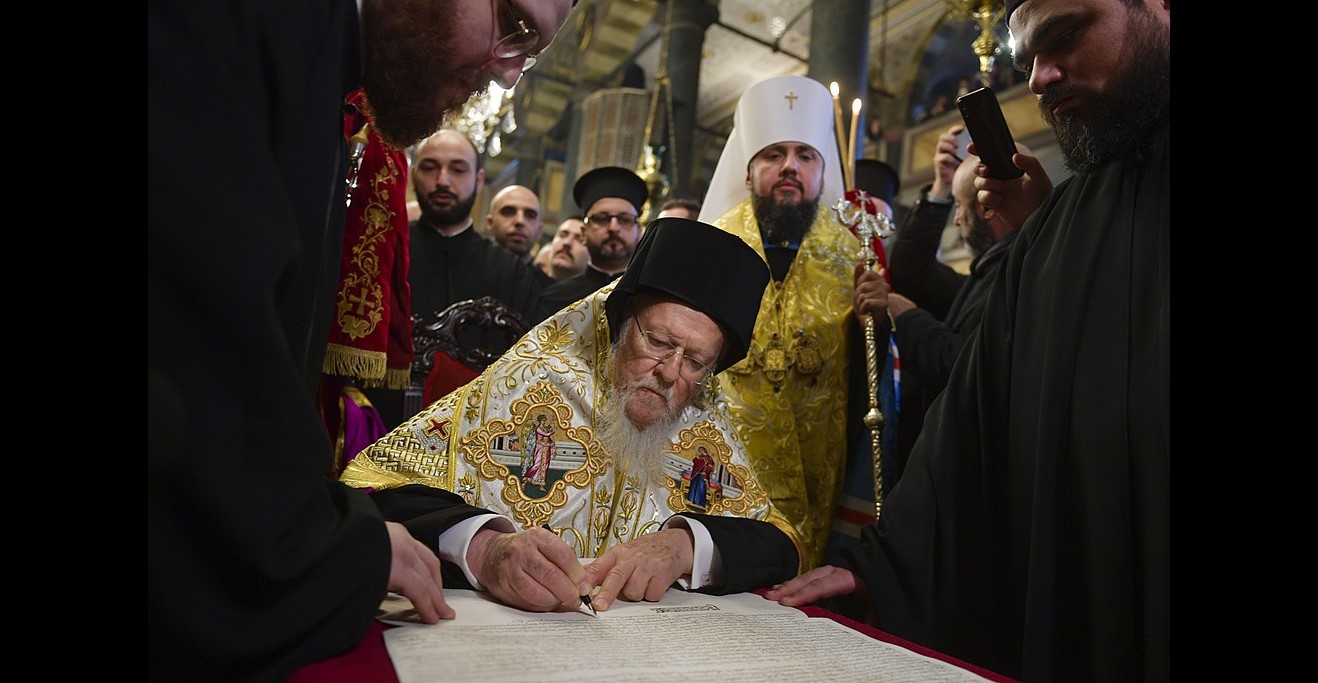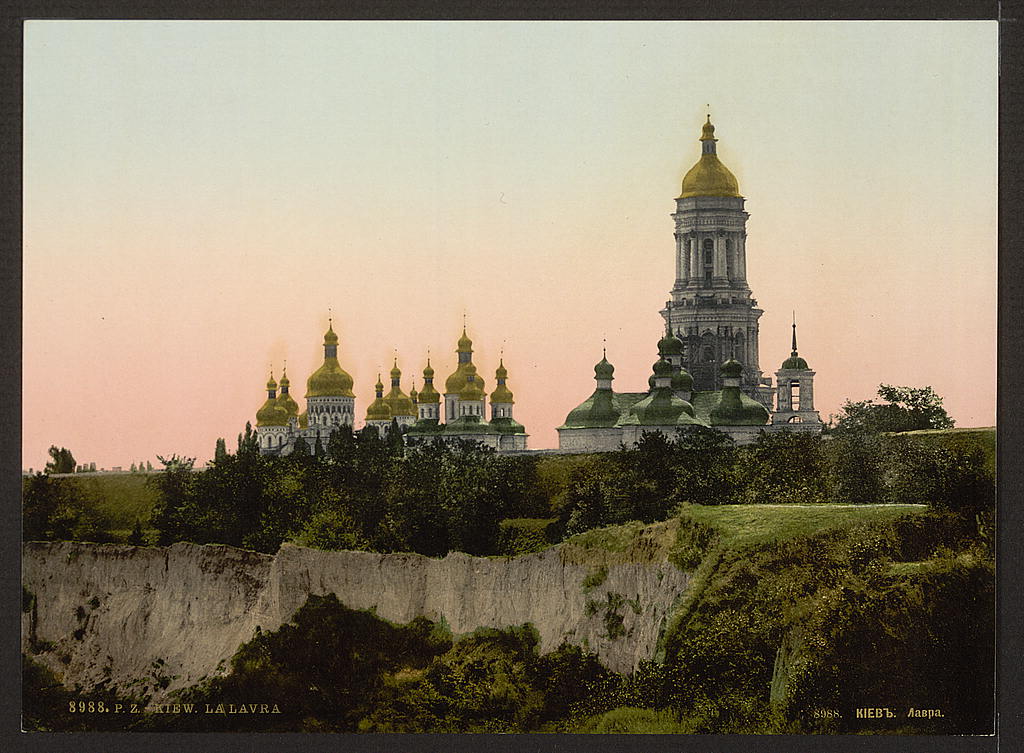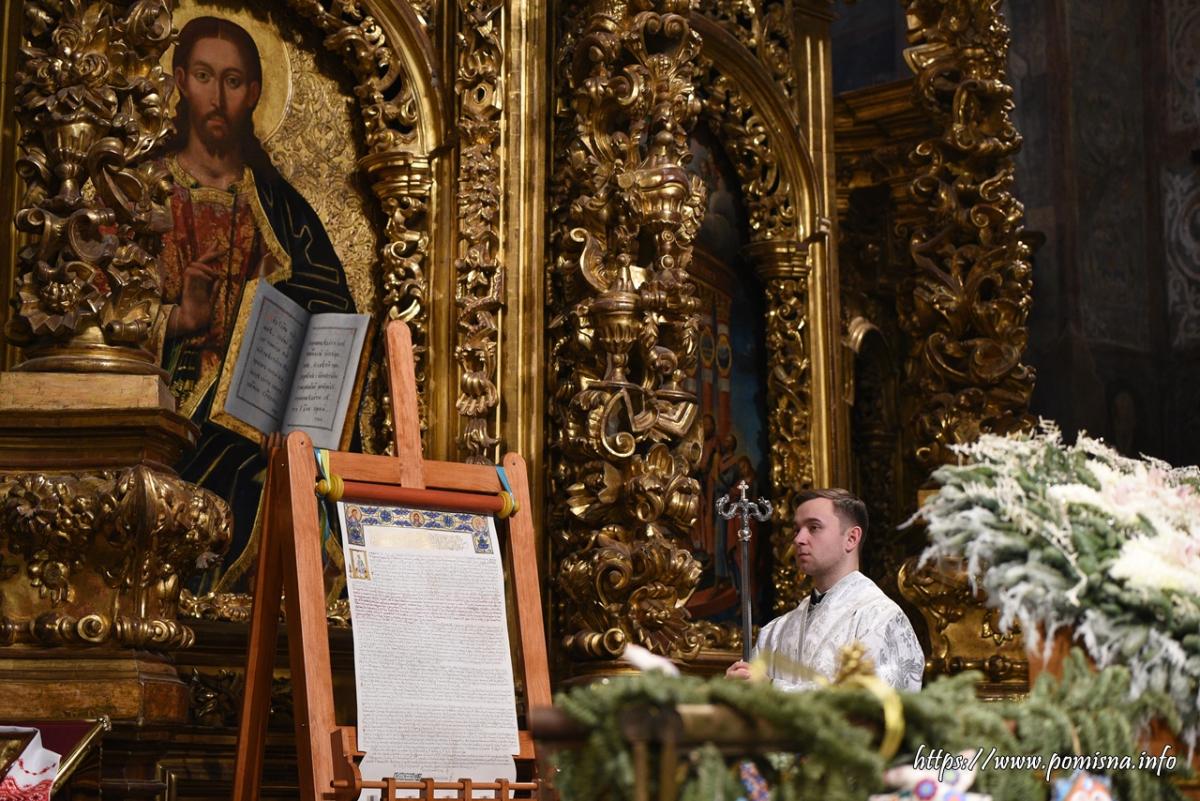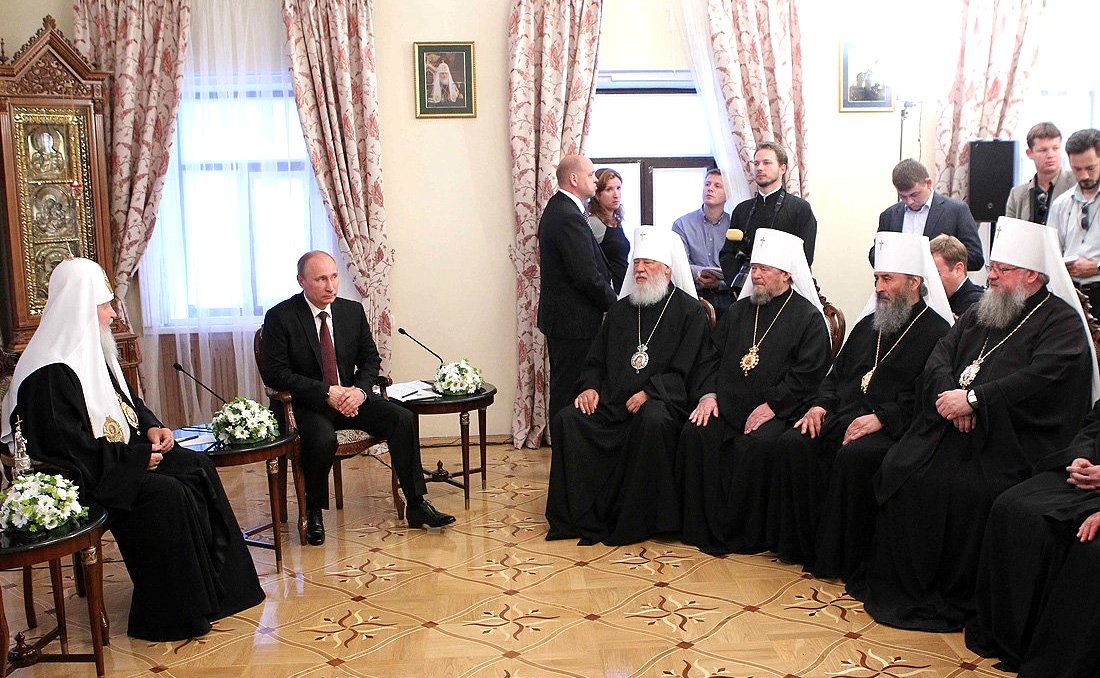More than 167 parishes have already joined the newborn Ukrainian Orthodox Church since 15 December 2018, breaking away from the Moscow Patriarchate. The movement has accelerated week by week. Nonetheless, many questions regarding whether the decision to break away is fully legitimate and freely made by the communities, without state pressure. We investigated how the process is taking place and who is right in the conflict situations.
When the transition began
In 1991, as soon as Ukraine became independent, many Orthodox parishes in Western Ukraine reverted to the reborn Ukrainian Greek Catholic Church - a Byzantine Rite Church subordinated to the Pope. Simultaneously, two Orthodox churches independent from Moscow Patriarchate but unrecognized by world Orthodoxy, the UOC KP and UAOC, emerged in Ukraine. The first well-known case of a single parish leaving the Moscow Patriarchate and turning to the UOC KP happened in 1997. It was a Cathedral in Kherson city which was expelled from the Moscow Patriarchate because of usage of modern technologies during liturgy and a general liberalization. The local priest visited UOC KP Patriarch Filaret and the parish was included to this Church. Between 1997 and 2012, a number of parishes decided to leave the Moscow Patriarchate and appended themselves to the UOC KP.Thus, the largest transition of parishes which is currently unfolding in Ukraine is unique only in scale. Generally, it is a continuation of a trend which began 20 years ago.

How many parishes?
Metropolitan Epifaniy has stated that the newborn OCU numbers 7,000 parishes. Our data suggest that the actual number may be smaller: according to statistical data, prior to the Unification Council, the UOC KP and UAOC together numbered 5,855 parishes, while the UOC MP had over 12,000. Despite the smaller amount of parishes, the UOC KP boasted more believers than the UOC MP, and unaffiliated believers were in second place. This doesn’t mean that the number of parishes will inevitably move to the OCU in order to equalize the relative proportion of believers per church. However, this beckons the question whether some people, though affiliating themselves with Kyiv Patriarchate or “Just Orthodox” attended churches of the Moscow Patriarchate because it was the only available one. These issues are not yet clearly examined, but the fact of tremendous disproportions is visible.
The model of voting and problems that parishes face
As Metropolitan Epifaniy told in his interview, “we understand that the Russian Orthodox Church will remain in Ukraine in the future, and many will want to stay there, but we have nothing against it. Everyone should choose their religious center voluntarily. A bishop with the diocese or a priest with the community must make the choice. If they decide at a general meeting that they want to join the newly created OCU voluntarily, then they will join us, and we accept them in our structure of a united OCU.” This sounds democratic and corresponds to Ukrainian laws. The church property in Ukraine does not belong to the central Church administration but to the local religious communities, each of which owns its church building, and makes decisions for the parish according to its own statute (art. 8 of the Law "On Freedom of Thought and Religious Organizations"). However, the problem is that this “religious community,” especially if located in a city or large village, is not clearly defined. Usually, unlike political communities, there are no lists of the members of a parish and no formal procedures to attain such a membership.In order to make voting more formal and judicially correct, the law was recently amended and entered into force on 28 January. Now, a parish may change its religious affiliation by 2/3 of the votes of parishioners at a general meeting. The minority of parishioners can enter into a contract on common use of the church building.
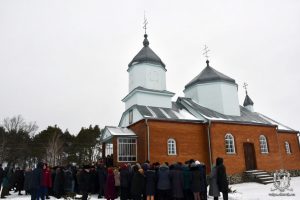


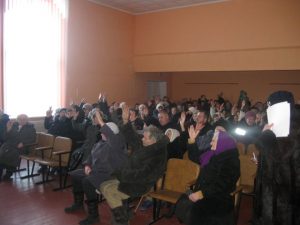
Many decide to remain in MP
The 167 Parishes that have already changed their affiliation during the last month don't make the weather, though - they constitute only 1.35% of MP. Whether the movement will accelerate further and whether the recent changes to the law will be fully implemented to make it yet more judicially organized is yet to be seen.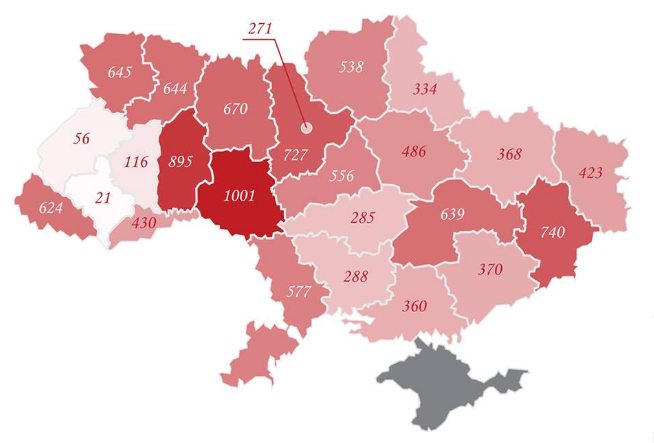


The State and the Church




“there is no definite [state] intervention in church affairs, as you asked, and as a church, we resolve issues that we have on the agenda on our own. The state can only contribute.”
Why believers leave the UOC MP
We examined 20 parishes out of the 167 to find out why people choose to break away from the Moscow Patriarchate. The reasons were mainly political, given the nearly five-year-long undeclared war with Russia. Perhaps the argument was best expressed in the words of a local woman from this video:“We don’t want to glorify Kirill and the Russian church, as Russia kills our sons. Stop glorifying them and everyone will be satisfied.”Yet, it would be important to emphasize that despite these very vocal reasons, there are some religious preconditions for transitions as well. The newborn Ukrainian church is free from pro-Russian propaganda, which makes it more attractive for many. The prominent example is a quite recent case from Zaporizhzhia. The local priest of the Moscow Patriarchate refused to perform burial rites for a two-year-old child who tragically died. The reason for refusal was that the child’s parents belonged to the church of Kyiv Patriarchate. As it was explained by pastor Ihor Sava, the former colleague of that priest who served in the Moscow Patriarchate at that time,
“he was just scared... The rigid vertical of power in the Moscow Patriarchate deprives one of freedom. It reaches the point that silly policies exist even in things where the priest should have full authority. For example, in worship, sermons, communication with believers...”After Ihor Sava refused to glorify Kiril and began his own prayers for the peace in Ukraine not authorized by the bishop, he was expelled from the Moscow Patriarchate. His parishioners supported him and they were praying in another self-created chapel.

“The church is not walls, not buildings, the church is a community of believers. This community came out from the UOC-MP and joined the OCU, finding a new place for liturgy. We didn’t deliberately defend the building of the temple, because I did not want to put believers in such conditions as to be persecuted even by physical violence. And this could happen, for I know the UOC MP. The temple is not so important for our church, it is even more convenient to worship in a new place — closer to the city center.”
Read also:
- A short history of the Ukrainian Church: infographic
- Tomos ante portas: a short guide to Ukrainian church independence
- Ukrainian Orthodox Church head says Russian Orthodox Church will remain in Ukraine as many want it and he’s not against that
- Old wine in new bottles: how bad habits derailed Ukrainian Church unification – interview with Cyril Hovorun


